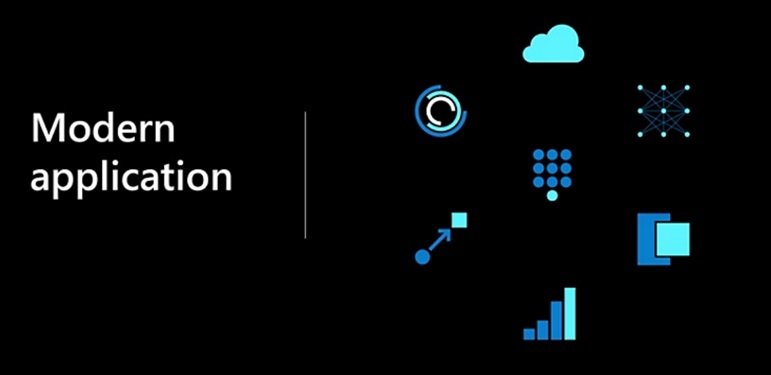Table of Contents
In the dynamic world of modern applications, connectivity and integration are no longer optional—they’re essential. Whether you’re a tech enthusiast, a developer, or a business owner, understanding the significance of distributed integration, APIs (Application Programming Interfaces), and iPaaS (Integration Platform as a Service) can unlock new possibilities for your projects and operations. Let’s dive into these concepts and see how they’re reshaping the landscape of modern applications.
What is Distributed Integration?
Distributed integration is the backbone of modern software architecture. It involves connecting disparate systems, applications, and data sources across various locations to work seamlessly as a unified system. Think of it as a digital orchestra where each instrument (system) plays its part in harmony to produce a cohesive performance.
Real-life Example
Consider a global retail chain with stores in multiple countries. Each store might use different software for inventory, sales, and customer management. Distributed integration ensures that all these systems communicate efficiently, providing real-time data on inventory levels, sales performance, and customer preferences across all locations. This integration enables the chain to respond swiftly to market demands, optimize stock levels, and enhance customer experience.
The Role of APIs in Modern Applications
APIs are the unsung heroes of software development. They allow different software applications to communicate with each other, sharing data and functionality without requiring developers to understand the intricate workings of each system. APIs are the glue that holds the integrated digital ecosystem together.
Real-life Example
Imagine using a ride-hailing app like Uber. When you request a ride, the app communicates with various external services through APIs—maps for navigation, payment gateways for transactions, and messaging services for driver-passenger communication. APIs make it possible for Uber to provide a seamless and efficient user experience by integrating these different services behind the scenes.

What is iPaaS?
iPaaS, or Integration Platform as a Service, is a cloud-based solution that simplifies the integration process. It provides tools and services to connect different applications and data sources, automate workflows, and manage integrations without the need for extensive coding or complex infrastructure.
Real-life Example
Consider a marketing team using multiple tools like Mailchimp for email campaigns, Salesforce for CRM, and Google Analytics for web traffic analysis. Using an iPaaS solution, the team can integrate these tools to create a unified workflow. For instance, when a lead signs up via a marketing campaign, their details can be automatically added to Salesforce, and their interactions tracked in Google Analytics. This streamlined integration allows the team to focus on strategic tasks rather than manual data handling.

Why Distributed Integration, APIs, and iPaaS Matter
1. Scalability and Flexibility
Modern applications need to scale effortlessly to meet growing demands. Distributed integration allows systems to expand and adapt without disrupting existing operations. APIs enable developers to add new features and integrate new services easily, while iPaaS solutions provide the flexibility to manage integrations in a scalable manner.
2. Enhanced User Experience
By integrating various services and systems, businesses can offer a seamless and cohesive user experience. For example, an e-commerce platform can integrate payment gateways, shipping services, and customer support systems to provide a smooth shopping experience for users.
3. Operational Efficiency
Automation is key to operational efficiency. iPaaS solutions automate repetitive tasks and data transfers between systems, reducing the risk of errors and freeing up resources for more strategic initiatives.
4. Data-Driven Decisions
Integrated systems provide a holistic view of data across the organization. This unified data can be analyzed to gain insights, identify trends, and make informed decisions. For instance, a retail business can use integrated data to predict demand, optimize inventory, and personalize marketing efforts.
Conclusion
Distributed integration, APIs, and iPaaS are the pillars of modern application development and operation. They enable seamless connectivity, enhance user experiences, and drive operational efficiency. As businesses continue to evolve in the digital age, mastering these technologies will be crucial for staying competitive and delivering value to customers.
Embrace the power of integration and watch your applications transform into robust, scalable, and efficient systems that meet the demands of today’s fast-paced digital world. Whether you’re a developer or a business leader, understanding and leveraging distributed integration, APIs, and iPaaS can open up a world of possibilities for innovation and growth.




2 Pingbacks